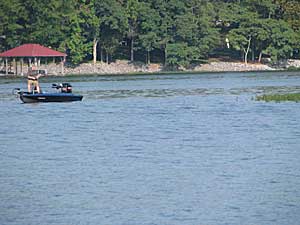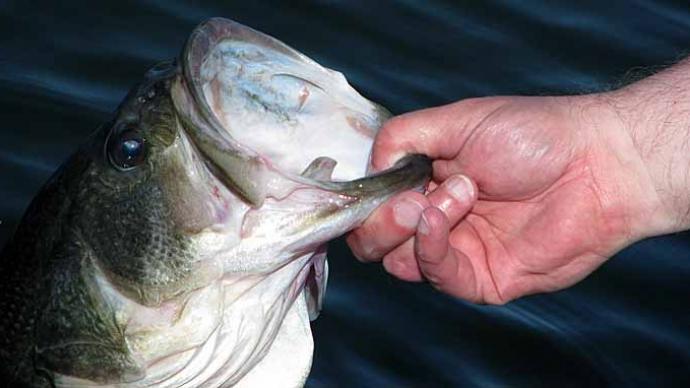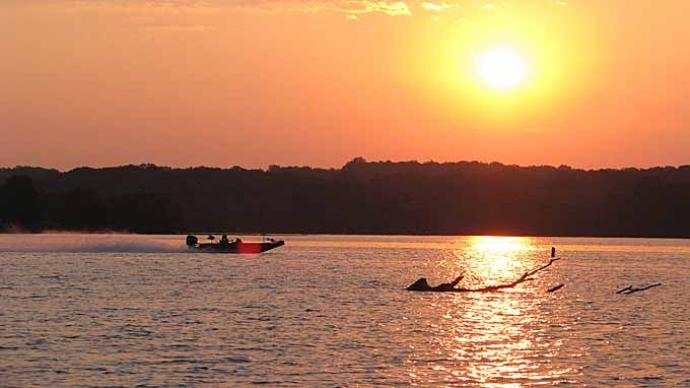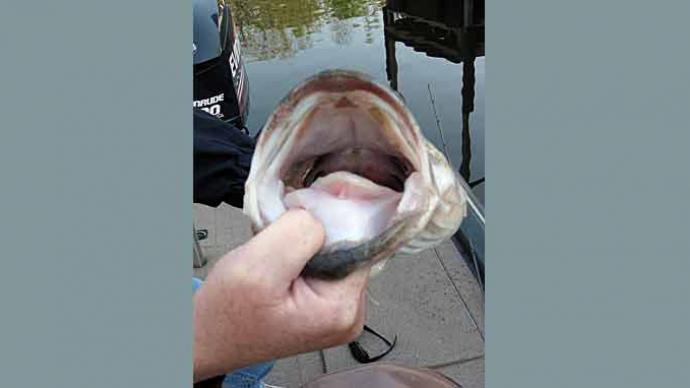
When the steamy days of summer grip a lake, shallow-water fishing can die. The bass caught along the banks or in the backs of creeks during the spring can suddenly disappear.
So where do they go? Offshore, where the water is a little deeper, cooler, and, more importantly, where large schools of baitfish are prominent. Of course, that isn’t true of all lakes under all situations. Nor does it mean you can’t catch bass shallow during the hot summer months.
But as a rule, you’ll find concentrations of bass on main lake points and humps, especially on relatively clear lakes and during sunny days. Ledges can be good, too, but like the humps, the fingers that stick off the edge of those structures attract bass best.
I prefer the underwater points outside the mouth of spawning covers that touch the edge of creek or river channels. If a particular creek or bay was highly productive during the spawning season, I’ll focus on the main lake structure just outside it. If I find a point that slopes gently toward a river channel, and there are stumps, brush, or grass on the deep end of it, I feel confident it will hold bass.
Some anglers prefer points that drop suddenly, but I don’t. I avoid steep drop-offs during the summer, as I’ve succeeded better on the points that taper slowly into deeper water.
The cover doesn’t have to be wood or grass, either. At Lake Murray, N.C., and Kentucky Lake, Tenn., for example, mussel beds on the ends of points will hold abundant bass. Those little hard spots are challenging to locate, but they attract vast schools of aggressive bass.
That’s another thing to remember when fishing offshore structure during the summer. Bass tend to school by size, so if you catch a couple of 3-pounders, there’s a good chance more are in the area. Take your time and work it thoroughly.
I’ve seen days when I could pull onto a point and catch 20 bass without moving the boat. However, that point might not produce a fish the next day. When I find fish holding on the end of a point, I fish several others like it and expect to find the same.
There are two ways to fish main lake points. The most popular is to sit over deep water and cast toward the shallower edge. That’s especially effective when the bass are suspended off the bottom. However, I’ve seen bass hold tight to cover on the bottom. In that situation, I put the boat in shallower water, cast deep, and work my lure up the slope.
Current also can be a factor. If dam operators are pulling water through the lake, position the boat slightly downstream and cast into the current so that your lure moves with the flow of water over the point. The fish usually face the current and will get a better look at the bait.
For fishing points this time of year, I limit my lures to deep crankbaits, Carolina rigs, or Texas-rigged worms. If the water is cold or the fish fussy, I’ll try a jig-and-pig or a jigging spoon.
Offshore structure fishing can be tedious, but it also can be gratifying. Once you identify critical spots on the structure that hold bass, you can usually count on them producing throughout the summer.
For more articles, quick tips, and much more, visit HankParker.com.




